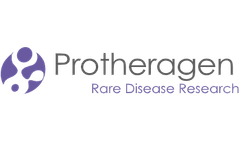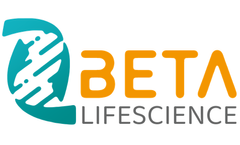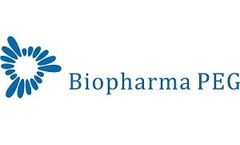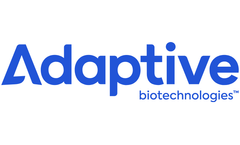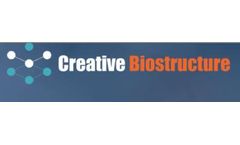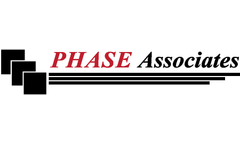Acute Leukemia Articles & Analysis: Older
15 articles found
Loss of the long arm of chromosome 7 or of the long arm of chromosome 15 causes Williams's syndrome and Prader-Willi Syndrome, respectively, both of which present with intellectual disability. Walker-Warburg syndrome, acute leukemia and muscular dystrophy-dystroglycanopathy, type a, 1 are all related to chromosome 9 inversion. ...
The functionally acquired somatic mutation of Jak1 has been found in adult acute lymphoblastic leukemia. Somatic activating mutations have been shown to be present in pediatric acute lymphoblastic leukemia (ALL) patients. ...
TSLP and cancer New functions of TSLP have been discovered in the induction and progression of various tumors, including solid tumors such as breast, colon, and pancreatic cancers, as well as hematological malignancies like B-cell acute lymphoblastic leukemia (B-ALL). Additionally, TSLP signaling has been shown to have a protective effect against skin-derived ...
Mylotarg, the first ADC approved by the FDA for the treatment of acute myeloid leukemia, uses calicheamicin conjugated with the anti-CD33 monoclonal antibody through the side chain of lysine. ...
The real ADC was not approved for marketing by the US FDA until 2000, that is, Wyeth's gemtuzumab, in which the antibody is a recombinant humanized CD33 monoclonal antibody conjugated with the cytotoxin calicheamicin for the treatment of acute myeloid leukemia. However, through a large number of clinical studies, it was found that it could not improve the ...
ACCC just launched updates to the MRD Testing Implementation Roadmap, which aims to help multidisciplinary providers successfully integrate MRD testing into the cancer care continuum for patients with Chronic Lymphocytic Leukemia (CLL) and multiple myeloma, complementing the Roadmap for patients with B-cell acute lymphoblastic leukemia (ALL) ...
This September marks four years since the 2018 Food and Drug Administration clearance for clonoSEQ to detect and monitor minimal residual disease (MRD) in bone marrow from patients with acute lymphoblastic leukemia (ALL) and multiple myeloma (MM). In the years following, researchers have explored the value of using MRD status to guide treatment in blood ...
Sandwiching the wobble protein between two other layers allowed scientists to get the most detailed picture of a protein that is key to the spread of acute myeloid leukemia. Acute myeloid leukemia (AML) afflicts more than 20,000 Americans each year, killing more than 11,000 of them, according to the American Cancer Institute. ...
Meanwhile, the first patient dosing of NTLA-5001 therapy for acute myeloid leukemia (AML) has been completed. Both the in vivo gene editing therapy and in vitro TCR-T cell therapy utilize LNP-delivered CRISPR-Cas9 for gene editing. ...
It can only be considered for HIV eradication by chance if the patient requires blood stem cells for other diseases—in this case, the patient was transplanted for acute leukemia treatment. Timothy Ray Brown, a "Berlin patient" with leukemia who underwent a bone marrow transplant when chemotherapy failed, became the first "AIDS cure" in ...
ADC Toxicity The FDA approved gemtuzumab ozogamicin (Mylotarg) in 2000 for the treatment of patients with acute myeloid leukemia (AML). Due to reports of veno-occlusive disease, the FDA issued a warning in 2001. ...
Mylotarg, Besponsa, and first-generation cleavable linkers In 2000, the FDA authorized Mylotarg for the treatment of acute myeloid leukemia (AML). It consists of a cleavable linker containing a hydrazone bond that connects kacinomycin to gemtuzumab (a mutant anti-CD33 IgG4 subtype monoclonal antibody). ...
In 1958, Mathe first conjugated anti-mouse antibody with methotrexate for the treatment of leukemia. Because of the problems of immunogenicity and antibody preparation, ADC drugs stopped decades ago, until the emergence of monoclonal antibodies in 1975, and later the emergence of humanized antibodies. In 2000, the first antibody-conjugated drug was approved by the FDA for the ...
Gene-modified cell therapies (GMCTs) represent the most effective therapeutic platform for many patients with advanced diseases including relapsed and refractory leukemia, non-Hodgkin lymphoma, and other blood cancers [1]. Specifically, chimeric antigen receptor T cell (CAR-T) therapies targeting CD19 have demonstrated remarkable responses and possibly cures in patients with ...
Promoting energy efficiency by reducing or eliminating outside air in office buildings resulted in what we now refer to as, “Sick Building Syndrome”—a condition where occupants of a building experience acute health and comfort effects but nothing specific can be identified. ...

